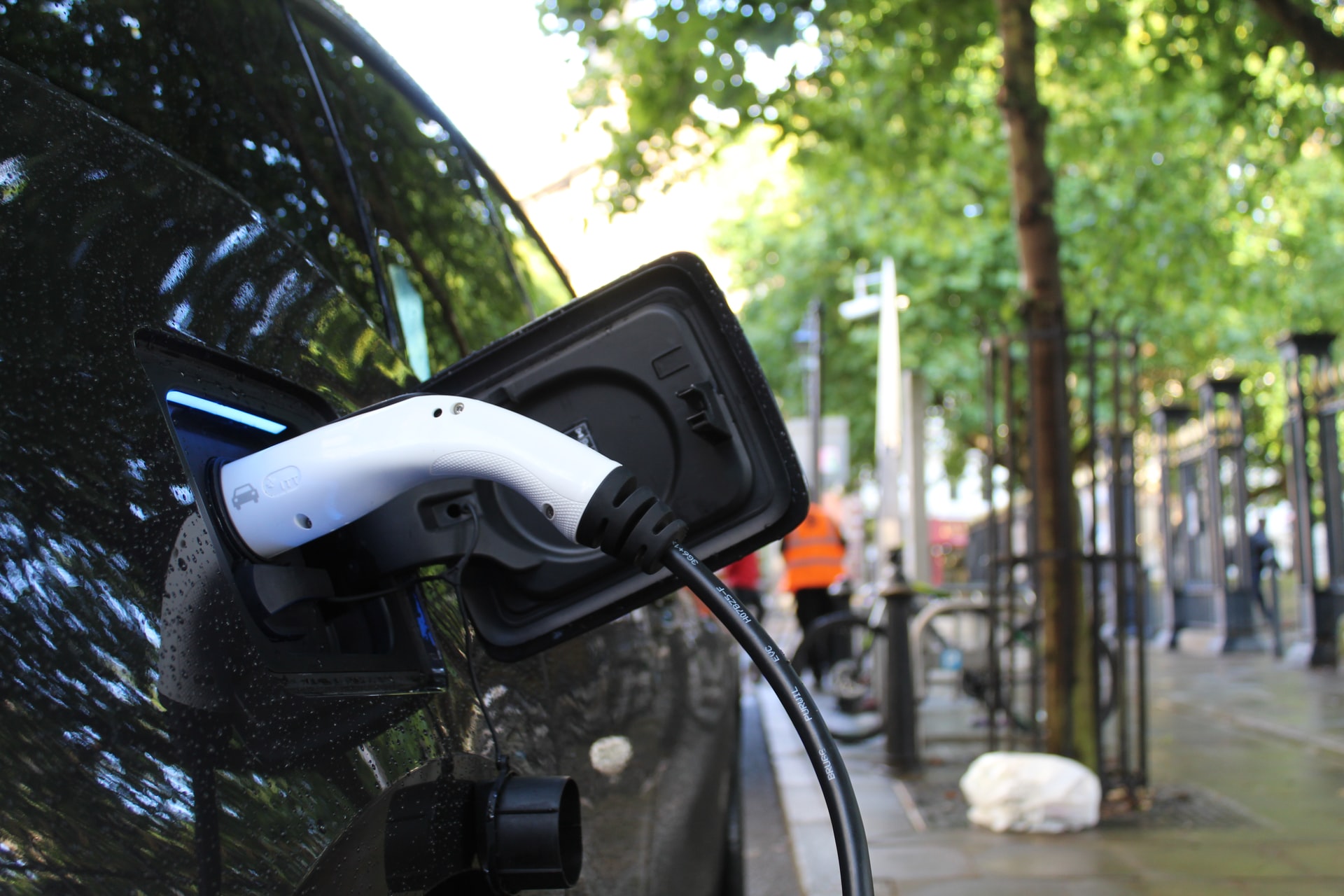A boom in electric car demand will spark a boom in EV charging infrastructure expansion over the next decade. As that expansion takes place, some of the pure-play EV charging companies operating today could become global charging giants, which would send their share prices higher. Meanwhile, the transition to low-carbon transportation represents a ticking clock for gas stations.
Related Stocks: Blink Charging Co. (BLNK), Switchback Energy Acquisition aka “ChargePoint Holdings Inc.” (SBE)
Positive Catalysts for EV Adoption
The age of electric cars is dawning ahead of schedule, proclaimed the New York Times recently. According to that article, battery technology is advancing so fast that electric vehicles (EVs) could attain cost parity with gas-powered cars by 2024 or even 2023. At the same time, governments around the world are tightening their carbon-dioxide car emission targets in ways that will force faster adoption of electric vehicles.
California’s decision to ban the sale of new conventional vehicles starting in 2035 echoes similar moves by seventeen countries — including France, the U.K. and Germany — that have adopted goals to phase out internal combustion passenger cars. Other left-leaning states in America will likely follow California’s example. Meanwhile, the European Commission wants to slash its CO2 ceiling for cars to 47.5 grams per kilometers in 2030 from a previous target of 59.4 gram/km. The move would require fully electric vehicles to account for more than 60% of new-car sales in Europe—up from about 4% now.
Given a typical turnover rate of around 15 years, most gas-powered cars would be off the roads by 2050 in auto markets that plan to stop selling such vehicles by 2035. That scenario is possible only if there’s a huge growth spurt in EV charging infrastructure, especially in the public domain so people can feel comfortable taking long-range trips.
By 2019, the global fleet of electric vehicles had swelled to 7.2 million, serviced by 7.3 million EV chargers worldwide. Of these chargers, 6.5 million were private, light-duty vehicle slow chargers in homes, multi-dwelling buildings and workplaces. The balance, about 0.9 million, were public charging stations. This year, the number of public charging plugs around the world passed the 1 million mark.
Considering the global EV fleet is projected to reach 10.5 million by the end of 2020 and nearly 140 million units by 2030 (excluding two/three-wheelers), the world will have to ramp up charging infrastructure commensurately. BloombergNEF estimates the world will need about 12 million public charging points by 2040, requiring almost $400 billion spent on infrastructure.
Governments Push to Expand Public EV Infrastructure
Luckily, more public chargers are on the way, courtesy of pandemic-related infrastructure stimulus packages in China and the European Union. Legislation supportive of charging infrastructure is being considered in other markets including the UK and India.
While North America has lagged in the EV charging race, California’s aforementioned 2035 ban…
To read the rest of this Market Insight, START A FREE TRIAL You’ll also gain access to: If you already have a subscription, sign in










